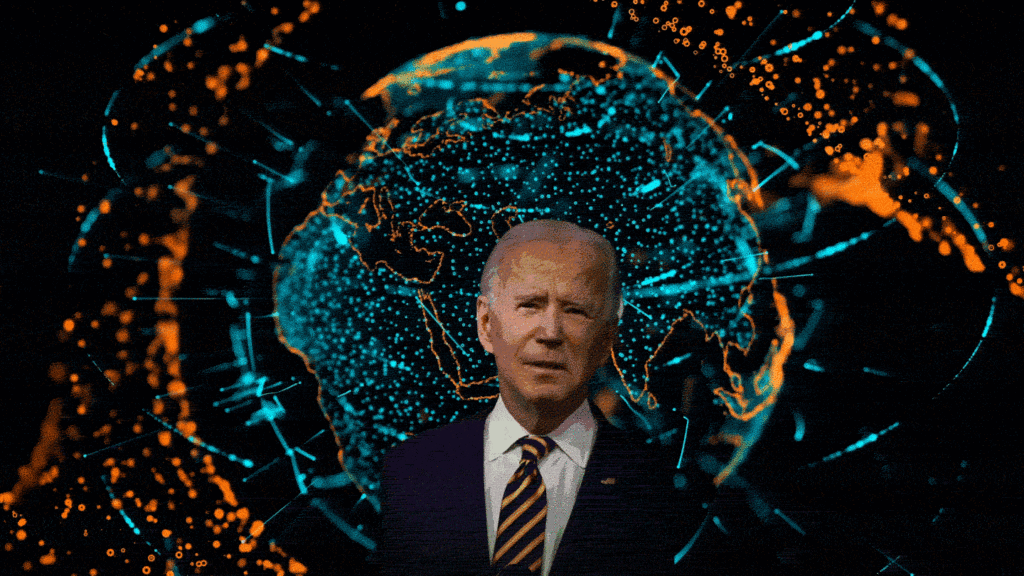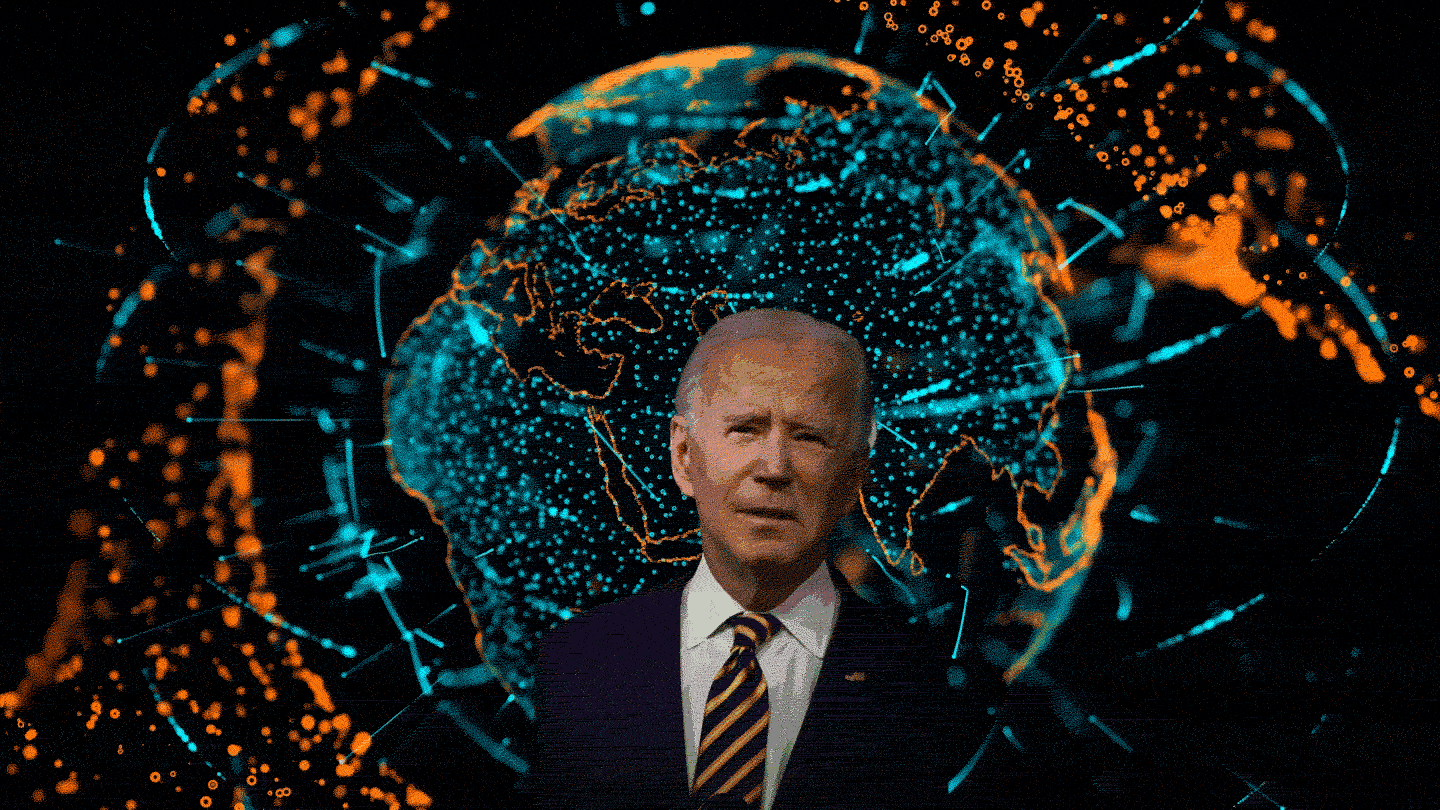By JOHN MCLAUGHLIN

President-elect Joe Biden faces a longer and more complex set of foreign policy challenges than incoming presidents typically encounter. Unlike most of his predecessors, he won’t have the luxury of several months to take stock of the issues. All the problems will hit him smack in the face on day one.
GLOBAL PANDEMIC
Dealing with the pandemic in all its aspects is Biden’s most urgent problem. The challenges range from constructing a national policy that addresses political opposition to measures such as mask-wearing, building consensus on preventive steps, organizing testing centers, getting the U.S. population vaccinated (Biden aspires to vaccinate 100 million people in his first 100 days in office) and stabilizing the economy. Biden also says he will rejoin the World Health Organization as part of a broader effort to prevent further global spread and to build defenses against future viral outbreaks.
CLIMATE CHANGE
Global warming is the other problem atop Biden’s list. With scientists warning that time is running out to keep global warming under the 2 degrees Celsius tipping point, Biden made clear he will take the U.S. back into the 188-nation Paris Climate Accord from which Trump withdrew in his first months in office. He wants to put America on track to be carbon neutral by 2050, using a mix of policies ranging from encouraging electric vehicle use and tightening industrial emission standards to rolling back many Trump-era actions that loosened restrictions on the carbon industry and drilling land use.
CHINA
Trump is leaving Biden a trade war only partially resolved under a phase one agreement that has China buying more American goods in 2021 while both sides leave in place tariffs on an array of Chinese and American goods. Biden says he won’t lift tariffs before assessing the trade picture and targeting abusive Chinese practices such as intellectual property theft and illegal subsidies to Chinese companies. He will try to enhance leverage on China by restoring close coordination with our allies on China policy and putting in place domestic policies on research, education and infrastructure that enhance Washington’s ability to compete with Beijing.
RUSSIA
Trump will hand Biden a muddled picture on Russia — sanctions and diplomatic expulsions (in response to Russia’s Ukraine invasion and its poisoning of opponents) softened by presidential deference to Putin that borders on adulation. Biden will be tougher and more direct with Putin, but his first order of business will be reaching agreement on how to keep alive the 2011 bilateral agreement limiting Russian and U.S. intercontinental nuclear weapons (New START), set to expire 16 days after Biden is inaugurated. To deter Russia, Biden is likely to focus on regaining the confidence of our NATO partners left stunned by Trump’s indifference and disdain toward the alliance.
IRAN
Trump bequeaths to Biden an Iran that is weakened economically and seething at the U.S. following tit-for-tat military attacks (today is the first anniversary of the U.S. killing of Iranian Revolutionary Guards Gen. Qassem Soleimani, and worries abound that Iran is timing retaliation for now). Iran is also closer to developing a nuclear weapon than when Biden left the vice presidency in 2017. Trump quit Obama’s 2015 nuclear agreement with Iran, arguing it didn’t limit Iran sufficiently, but the move backfired when Iran responded by ramping up its enrichment of uranium. Although it now has 12 times the amount of low-enriched uranium permitted under the agreement, it has been careful not to cross the threshold to nuclear “breakout,” which means Tehran can still turn back. Biden says he wants to revive the agreement, but cleaning up Trump’s mess, while working with the original partners — including Russia and China — could be as tough as the yearslong effort to build the 2015 pact.
NORTH KOREA
Trump’s odd bromance with Kim Jong Un has not made the slightest dent in North Korea’s nuclear arsenal, which the U.S. military publicly now puts at between 20 and 60 bombs. Moreover, test results in 2017 showed North Korea has at least one missile that can lift a nuclear weapon and with a modified trajectory could fly 8,000 miles and reach most parts of the U.S. (we don’t know whether it can survive the heat of atmospheric reentry and hit targets accurately). In October it displayed an even larger missile. A first test of this weapon could be Kim’s way of prodding Biden to see how much his approach will differ from Trump’s. It is sure to differ in the greater degree to which Biden will work with allies and partners while taking stock of what went on between North Korea and the Trump administration. For its part, Pyongyang’s media, true to form, is already calling Biden a “rabid dog.”
AFGHANISTAN
Trump decided in November to reduce U.S. troop levels in Afghanistan from around 5,000 to 2,500 by mid-January. Biden has not revealed much about what his approach might be. Some experts are concerned that the Taliban has done nothing to justify the reduction, which under the recently negotiated peace agreement is supposed to be based on Taliban cessation of violence, successful negotiation with the elected Afghan government and a demonstrated break with terrorist organizations like al-Qaida — all still to be established. If the agreement is finalized, all American troops are supposed to leave by May, which could pose another tough decision for Biden given that the Taliban say failure to comply would be a dealbreaker.
TERRORISM
Trump’s National Defense Strategy shifts the threat focus to China and Russia. While not dismissing the terrorist threat, the strategy gives it less prominence than in recent years. While the Biden team rightly sees more-urgent problems, they will need to do a hard review of the foreign terrorist threat, which is very different from the 9/11 decade and dangerous in different ways. Al-Qaida and the Islamic State group have become more decentralized and are burrowing into local politics in less-governed parts of the world. Seven of the 10 countries with the highest rates of terrorism in recent years are in sub-Saharan Africa. U.S. facilities and personnel will be vulnerable in these and similar areas (remember, the al-Qaida problem first grabbed public attention with the bombing of our embassies in Kenya and Tanzania in 1998). Terrorism is not gone.
These are only the most prominent problems awaiting Biden. He will of course be confronting devilish issues such as cybersecurity (Trump reduced the White House role on this substantially), Venezuela and Syria. The good news is that his national security team is shaping up to be one of the most experienced and tested in recent memory — and tested it will be.
OZY

Leave a Reply
You must be logged in to post a comment.